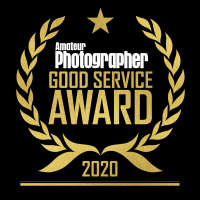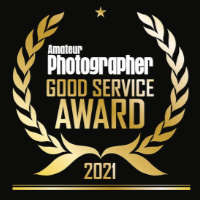

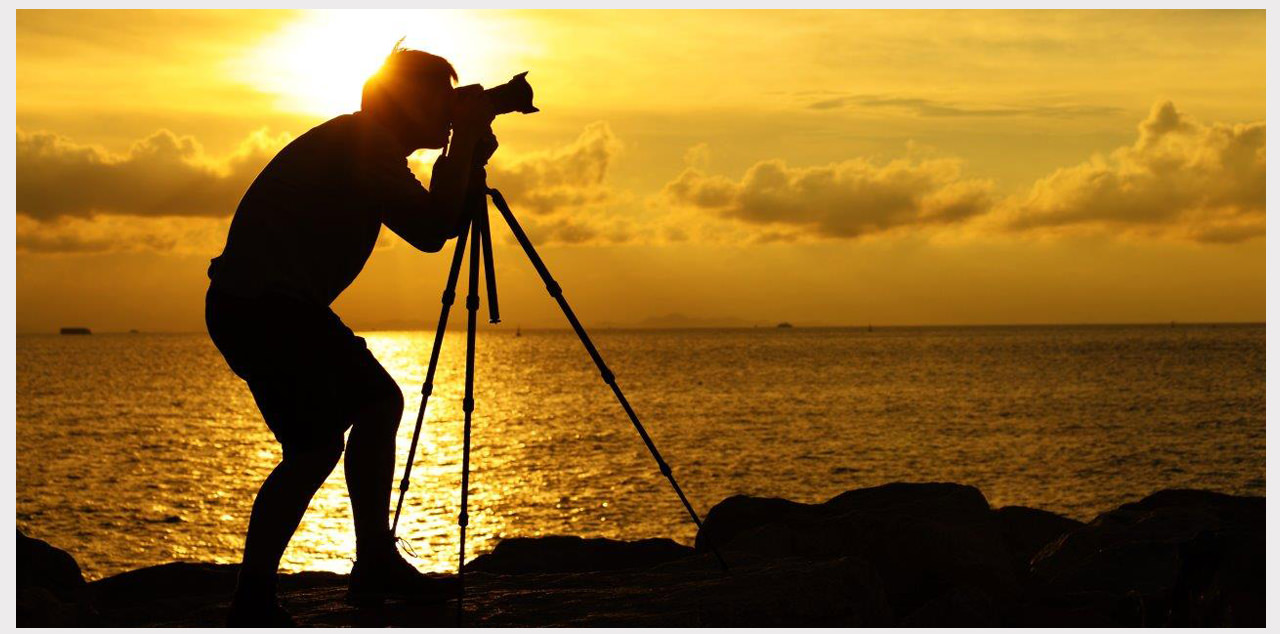
There was a time when a tripod was THE most important accessory, you simply couldn't take a picture without one. Things have changed, of course, and most images can be captured without the need of a tripod...but not all!
Using a tripod opens up all sort of new possibilities that can't be achieved, even with built in image stabilization. All sorts of wonderful images can be taken with extra long exposure times, including water shots, moving backgrounds, night shots...the list goes on...
Added to that is the pleasure of taking your time, setting up a shot and waiting for the right moment to capture it. Macro photography, especially at low levels, is much improved with a tripod...there are just SO many reasons to add a tripod to your outfit!
...and tripods themselves have changed almost beyond recognition. Almost, because they still have 3 legs, but that's where the similarity ends. From the days of heavy metal, or even wood, we now have aluminium, magnesium and carbon fibre.
Improved engineering, design and tolerances means that todays tripods are incredibly compact and lightweight, yet still able to hold a sizeable kit steadily. Many are so small that they will fit INSIDE a camera bag, so you hardly know you're carrying one!
Remember - the best tripod is the one you have with you!
Things to look out for...
Leg Construction
Tripod legs are made from either aluminium or carbon fibre. There are differences in quality too, within these catagories so, naturally, as you go up in price, the more durable the construction, especially with carbon, where quality and the number of layers is important.
Carbon Fibre legs provide the best weight/stability ratio, shaving on average a third off the weight yet with even greater rigidity, but they are more expensive than comparable aluminium legs, varying from 20% more to twice the price, depending on the quality of the carbon. Still, if you're going to be carrying your tripod a lot it is worth the investment.
The other critical factor is the diameter of the legs. Clearly, the bigger the diameter, the sturdier the tripod, although build quality also has a play. A traditional 'studio' tripod will have a diameter of 28mm or more, whereas a 'travel' tripod is more likely to be between 20mm - 26mm.
Leg Sections
Most tripods feature telescopic leg sections that extend into either three, four or five sections. Three sections means there's less locking and unlocking of each leg to be done, but with four or five sections the tripod can collapse to a smaller size, making it easier to carry, and to pack into a suitcase for travelling. Each 'joint' is a potential weak point but, with a quality tripod, this is minimal these days.
Leg Locks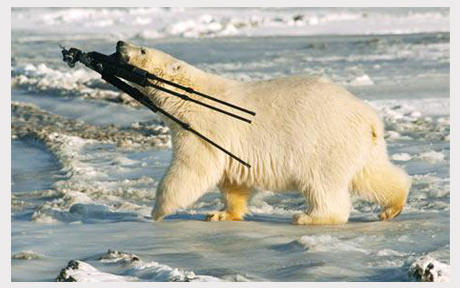
Most leg sections must be unlocked to extend them, then locked again before use. There are two main types of leg lock. Quick release lever is often the fastest system to operate but occasionally needs tightening with an Allen key. they are also unsuitable for carbon fibre as they 'pinch' and can crack the fibre.
Twist action legs locks can be a bit slower to use but are self adjusting with wear so no need for the Allen key. Many top models now feature a 'double' lock so are very secure. There are also no chunky attachments to stick-out and add bulk. These are now more popular than the clips.
Leg Angle Adjustments
Most decent tripods enable the legs to be opened out at a range of angles right up to 90° to the centre column. This makes it easier to set the tripod up on uneven ground, or to splay the legs wide for low level shooting.
Leg covers
Some tripods come with foam leg covers, or ‘leg-warmers'. While by no means an essential feature they do make the tripod more comfortable to hold and carry, especially in very cold weather when the metal can be, quite literally, freezing.
Feet
Most tripods come with rubber feet, but if you often shoot in muddy fields you may prefer spikes for a firmer grip. Some tripods offer both, with rubber feet that screw up to reveal spikes.
Centre Column
The centre column enables the camera to be raised a bit higher still, once the legs are fully extended, but its best to avoid using it if possible as it reduces the stability. They can be handy though for turning horizontally like a boom arm, making it easier to point the camera directly downwards towards the ground. Most columns have to be removed and re-inserted to achieve this, while others can also be inserted upside down for ground level photography.
Some centre columns feature a hook on the bottom to hang your camera bag - the extra weight helps stabilise the tripod, especially in windy conditions.
Tripod heads
Tripod heads come in various forms and the type you choose is down to the type of photography you take and often personal preference. Ballheads offer the most freedom; while pan and tilt heads allow greater accuracy and their ability to alter just one plane at a time can make them more suitable for panning. You'll find all the major series of heads listed here, plus some more specialist ones too.
Ball heads
Ball and socket heads, or ball heads for short, allow your camera to be quickly adjusted in all directions and then clamped still in one single movement. This makes them ideal for when speed is of the essence and when your subject, or composition, needs adjusting for across more than one plane. Better ball heads will often also offer a seperate panoramic knob so that you can pan on a plane.
Over recent years the ball head has overtaken the traditional three-way head due to their flexibility and often that they are lighter units too. More advanced ball heads sometimes offer resistance control to allow for finer adjustment, spirit bubbles for levelling, and all now come with quick-release plates for easier attachment. The new universal quick release plates are compatable with 'Arca' Swiss.
Pan and tilt heads
Pan and tilt heads, as their name suggests, provide their principal adjustments with a horizontal pan and a vertical tilt, and often add a third sideways movement for levelling or portrait shooting (a three-way head). By loosening all of the adjustment screws it is possible to move freely in any direction - much like the ball head - but by tightening one you can limit movement in a certain axis.
This makes these heads ideal for tracking subjects such as cars or wildlife. Their precise control over each axis also makes them suited to landscape and studio photography.
Action Heads
These are basically ball heads, often upside down, with a rapid grip action to release the ball. Simply tighten your grip on the 'trigger' to release, frame the image and release the grip to lock. They don't have the presision of a standard ball head but are fast to use in action situations.
Gimbal Heads
Designed for the fast, long PRO lenses, such as a 400mm f2.8, they craddle the lens on the tripod bracket to allow a faster pan and tilt action, while ballancing the lens at it's centre of gravity. They make a massive difference in the speed that the lens can be used. Not to be confused with stablized gimbals used for movie photography.
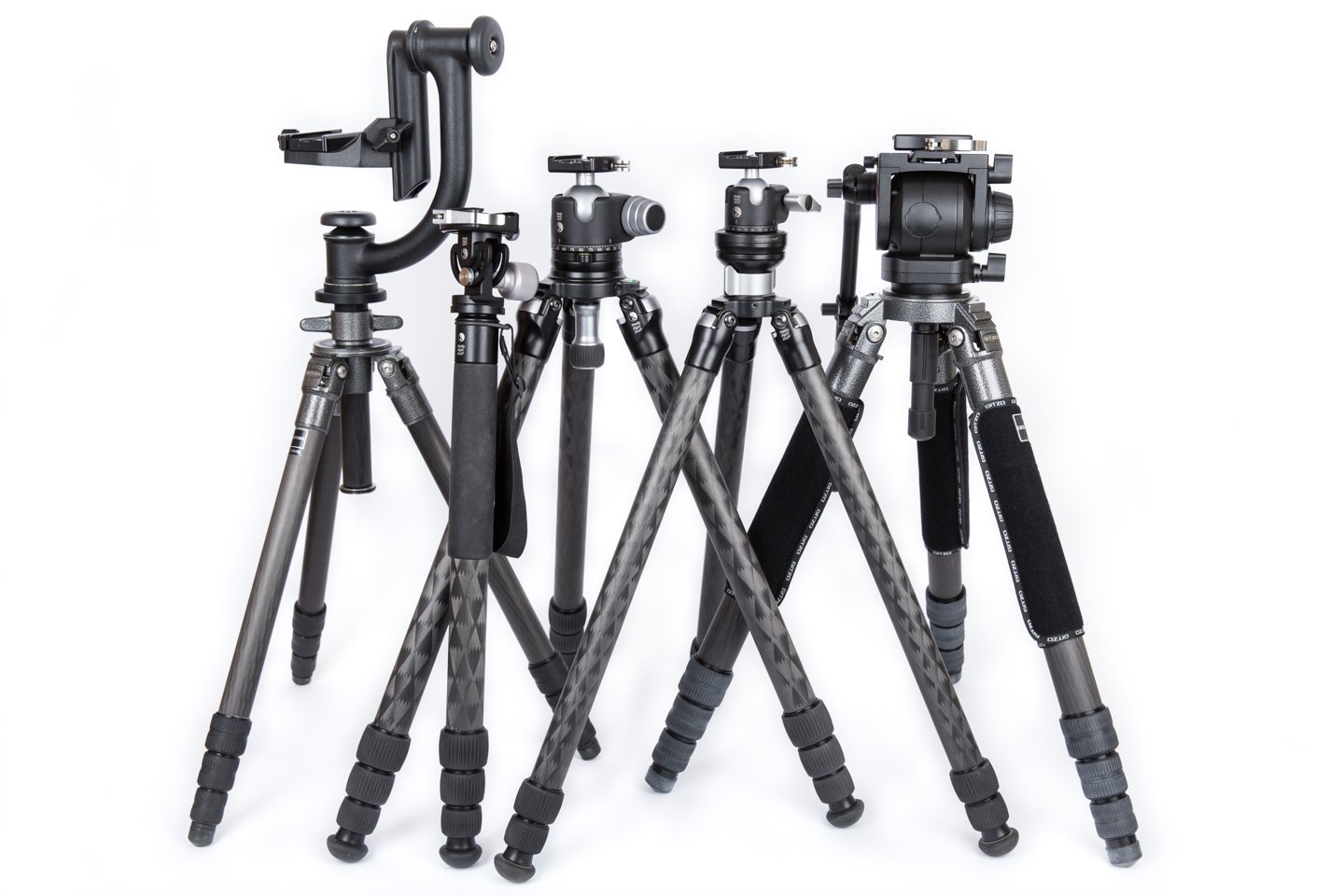
Panoramic heads
These specialist heads are designed to allow the camera to rotate around the exact ‘nodal' point. By doing this it makes the process of stitching images together, to form a panorama, much easier as it avoids parallax errors (foreground in relation to background).
To correctly set these heads up requires some preparation and the positioning will vary for different lenses. Many photographers will mark the positions for each lens. The weight and added bulk of these heads mean they are not suitable for general use but, if you want a perfect panorama, you should definitely consider one.
Supports
Aside from tripods there is a wide range of other devices designed to help steady your camera and avoid camera shake. Depending on the type of photography you are doing, or where you are taking it, using a tripod isn't always possible so these devices offer a support in other ways.
Beanbags are a popular choice for nature and travel photographers as they allow you to shoot from a low angle or steady the camera easily on a rough surface or ledge. Joby's Gorillapods are also a handy alternative and have bendable legs that can wrap around objects to position your camera almost anywhere.
Monopod
A smaller and lighter alternative to a tripod, monopods are ideal for panning subjects and anywhere else where a tripod is impractical and, although not as effective as a tripod, still stabilize and allow longer exposures and are better than nothing if you can't carry a tripod. Sometimes there isn't room to spread a tripod, or you need to be more inconspicous.
Final tips on choosing a tripod
- - Don't buy cheap, flimsy tripods. It's a false economy.
- - Test the stability in the shop before buying, by extending the legs and pressing down from above. Make twisting and back-and-forth movements to see how much the legs wobble.
- - If you plan to carry one on hikes, try to spend a bit more on a carbon fibre model. Your back will thank you.
- - With tripods, the less plastic there is, the better. Avoid plastic heads especially.
- - Keep a small support, such as a tabletop tripod seen below, in your bag for emergencies. It's amazing how useful they can be.
Price, value and after-sales service
There really is no substitute for going to a camera shop, speaking to an assistant and trying out the tripod for yourself. There are a lot of models of differing style, quality and price, so getting the right advice from an expert will save you money in the endf. If you have a question you can ask it and get a reply straight away, and if in a week's time you have another you can walk back into the shop and ask the same person.
To view all our Tripods and Monopods, click here







